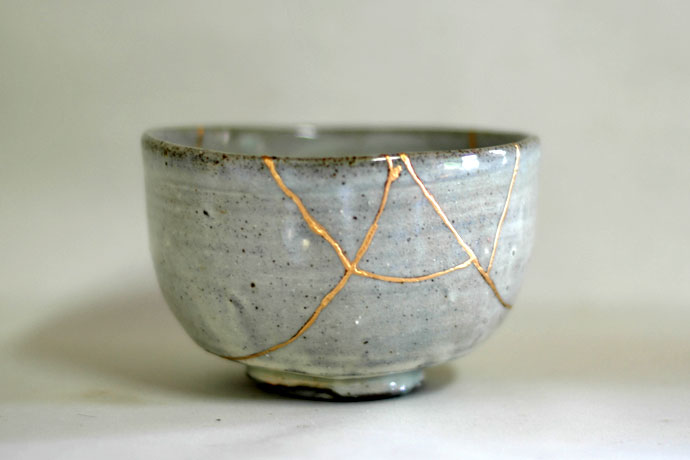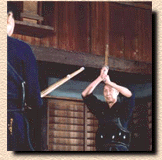https://vimeo.com/151715092
In the video Trail Angel, Pony-tail Paul demonstrates the entire philosophy of O Sensei's Aikido.
To do Aikido means to have regard for all living beings and nature as well. The core philosophy of Aikido is this idea of "non-violence." Simply put, "non-violence" means not to fight or to hurt others, but more deeply it is a philosophy of harmony. The ai (合) in Aikido means for two things to join or come together. Harmony can then be defined with this quote from the Dalai Lama, "Our prime purpose in this life is to help others. And if you can't help them, at least don't hurt them."
With that being said, Aikido then become this kind of dichotomy. On one side we have the potentiality for death and destruction and on the other we have this idea of harmony, non-violence and compassion. This same dichotomy exists within all human beings.
To reconcile this dichotomy takes training and discipline. We need to learn that harming others only harms us and this is something that is usually only discovered through hours and hours of training. We then need to develop the discipline and inner strength to manifest this "turn the other cheek" philosophy.
Training in Aikido is the physical manifestation of the balance of these contrasts. When we are nage or throwing, we have the ability to do great harm, but because we are learned we realize the futility in harming others. When we are taking ukemi or being thrown, we are sacrificing our bodies for our partners salvation or in a sense physically manifesting compassion. The nage thinks of the uke and the uke thinks of the nage - both are in harmony.
When we throw someone it is our responsibility to ensure their well-being. They give us their bodies and because of their sacrifice we must act responsibly. By thinking of them and taking care of them, "We rise by lifting others." As Pony-tail Paul said, "I am helping them, but they are helping me at the same time."
To understand their suffering is to understand our own. Then, to help them is to help ourselves in the process. From this, we can understand the Buddhist understanding of suffering and use it as a way to cultivate compassion. The Dalai Lama said that we are all the "same" and from this same-ness we can find a common ground and thus find and give compassion. They suffer just as we do. Therefore, their destruction is our destruction. From this place, the harmony within us is manifested and we come to realize this universal concept of oneness and that all things and people are sacred.
Look at the smiles from the people in this video. Could you feel the kindness, generosity and compassion from not only Pony-tail Paul, but from the people he helped. He doesn't have to, but does it anyways. Of course, he helps them because it helps him but he does it because he understands and cares. As learned people, Aikidoists understand that too that life is tenuous and that all life is precious.





